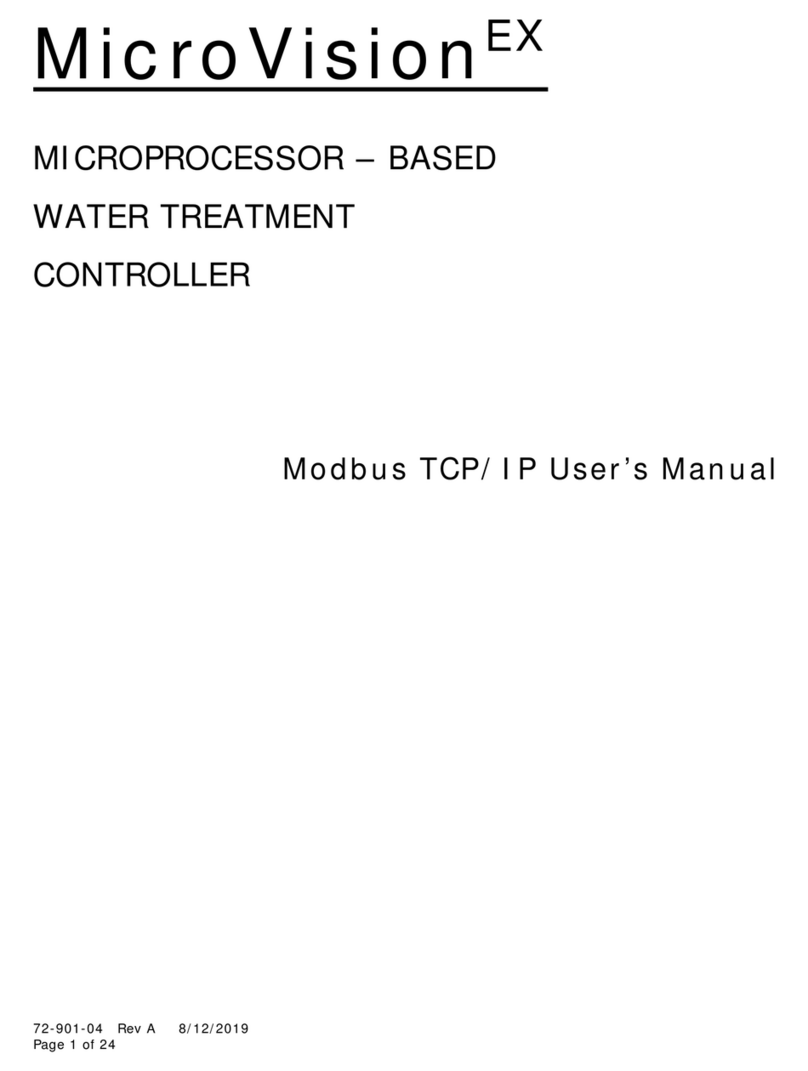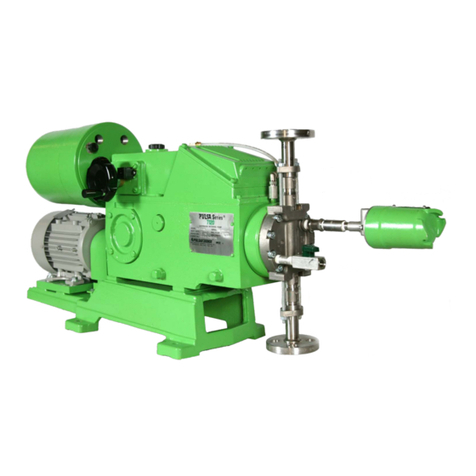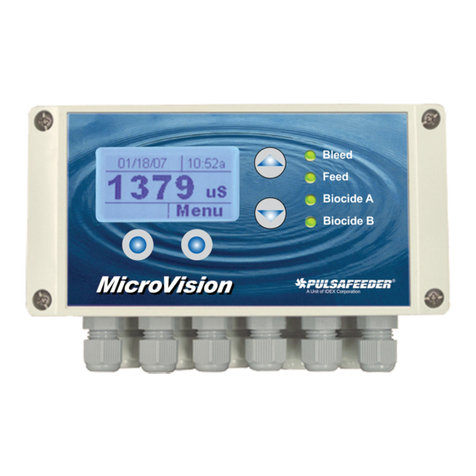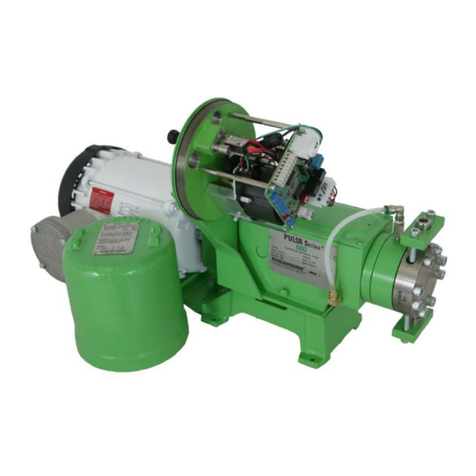
72-900-05 Rev A
Table of Contents
INSTALLATION,OPERATION &MAINTENANCE MANUAL................................................................................. I
MPC™ FACTORY SERVICE POLICY.....................................................................................................I
TABLE OF CONTENTS.................................................................................................................................. III
FOR THE REMAINDER OF THIS BULLETIN,THE FOLLOWING CONVENTIONS ARE IN EFFECT. ...............................V
1. INTRODUCTION ...................................................................................................................................... 1
2. FORWARD ............................................................................................................................................. 1
3. DESCRIPTION ........................................................................................................................................ 1
3.1 MPC Standard Features........................................................................................................2
3.2 Options...................................................................................................................................3
4. SAFETY CONSIDERATIONS ..................................................................................................................... 3
4.1 General Safety .......................................................................................................................3
4.2 Electrical Safety.....................................................................................................................3
4.3 Fire Safety ..............................................................................................................................3
4.4 Mechanical Safety .................................................................................................................4
4.5 Hydraulic Safety ....................................................................................................................4
4.6 Liability Exclusion.................................................................................................................4
5. PUMP SUITABILITY TO SITE OF INSTALLATION......................................................................................... 5
6. TRANSPORT AND STORAGE.................................................................................................................... 6
6.1 Consignment receipt and unpackaging..............................................................................6
6.2 Handling .................................................................................................................................6
6.3 Lifting......................................................................................................................................6
6.4 Recycling and end of product life........................................................................................6
7. STORAGE INSTRUCTIONS ....................................................................................................................... 8
7.1 Short Term (0 - 12 months)...................................................................................................8
7.2 Long Term (12 months or more)..........................................................................................8
8. INSTALLATION AND WIRING.................................................................................................................... 9
8.1 Location..................................................................................................................................9
8.2 Installation Notes...................................................................................................................10
8.3 Installation guidelines for EMC compliance.......................................................................10
8.3.1 The cover must be installed properly..........................................................................10
8.3.2 Shielded cables used for analog inputs and outputs................................................10
8.3.3 Proper Earth grounding ................................................................................................10
8.3.4 Ensure Power mains are properly filtered for isolation from line transients,.........10
8.3.5 Lightning strikes or other electrical noise sources...................................................10
8.4 Electrical Wiring ....................................................................................................................11
8.4.5 Analog input signals, so the MPC can accept a process input signal.....................11
8.4.6 Power Wiring Information.............................................................................................14
8.4.7 Power Wiring Diagram ..................................................................................................15
8.4.8 Control Input/Output Signal Wiring .............................................................................18
8.5 Check Wiring and Close Access Cover ..............................................................................20
8.6 Confirm Correct Incoming Power........................................................................................20
9. START UP AND OPERATION.................................................................................................................... 22
9.1 Overview.................................................................................................................................22
9.2 Keypad/Lamp Operation.......................................................................................................23
9.3 Confirm Display and Keypad Functionality........................................................................23
9.4 Flow Display...........................................................................................................................24
9.5 Wrapping up...........................................................................................................................24
10. INPUT/OUTPUT SETUP.................................................................................................................. 26
10.1 Analog Input Setup................................................................................................................26


































